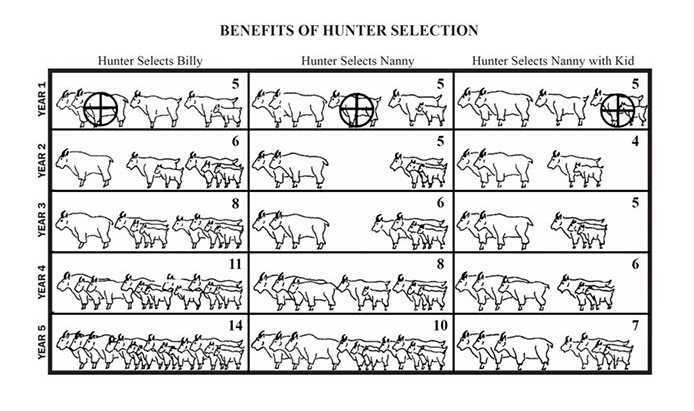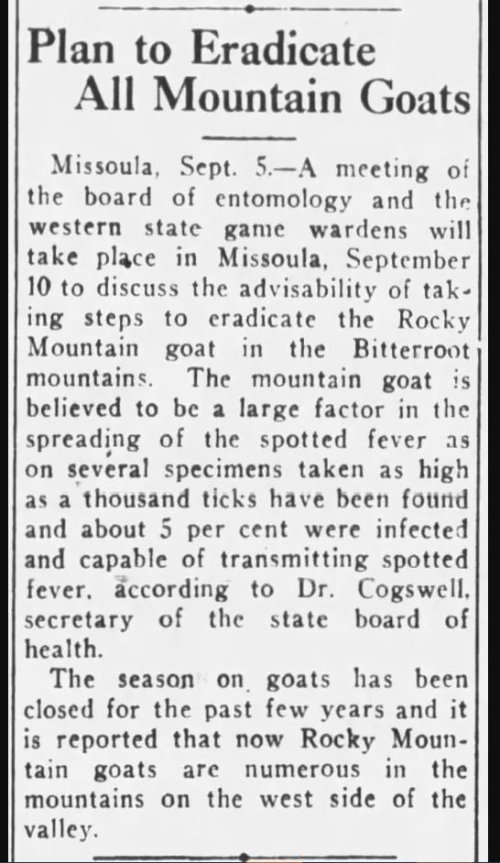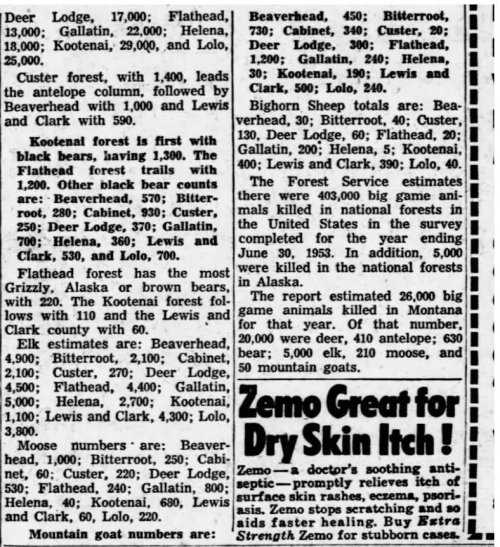BuzzH
Well-known member
Here's what I think, killing 300-400 goats from native populations probably was never a very good gdamn idea. Plus, there were people back then that recognized it, made suggestions/recommendations, and the FWP ignored it. Just like they always do, for everything.
Its also about 40 years too late to be worrying about it now.
Its also about 40 years too late to be worrying about it now.







